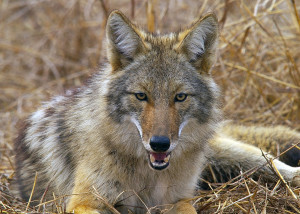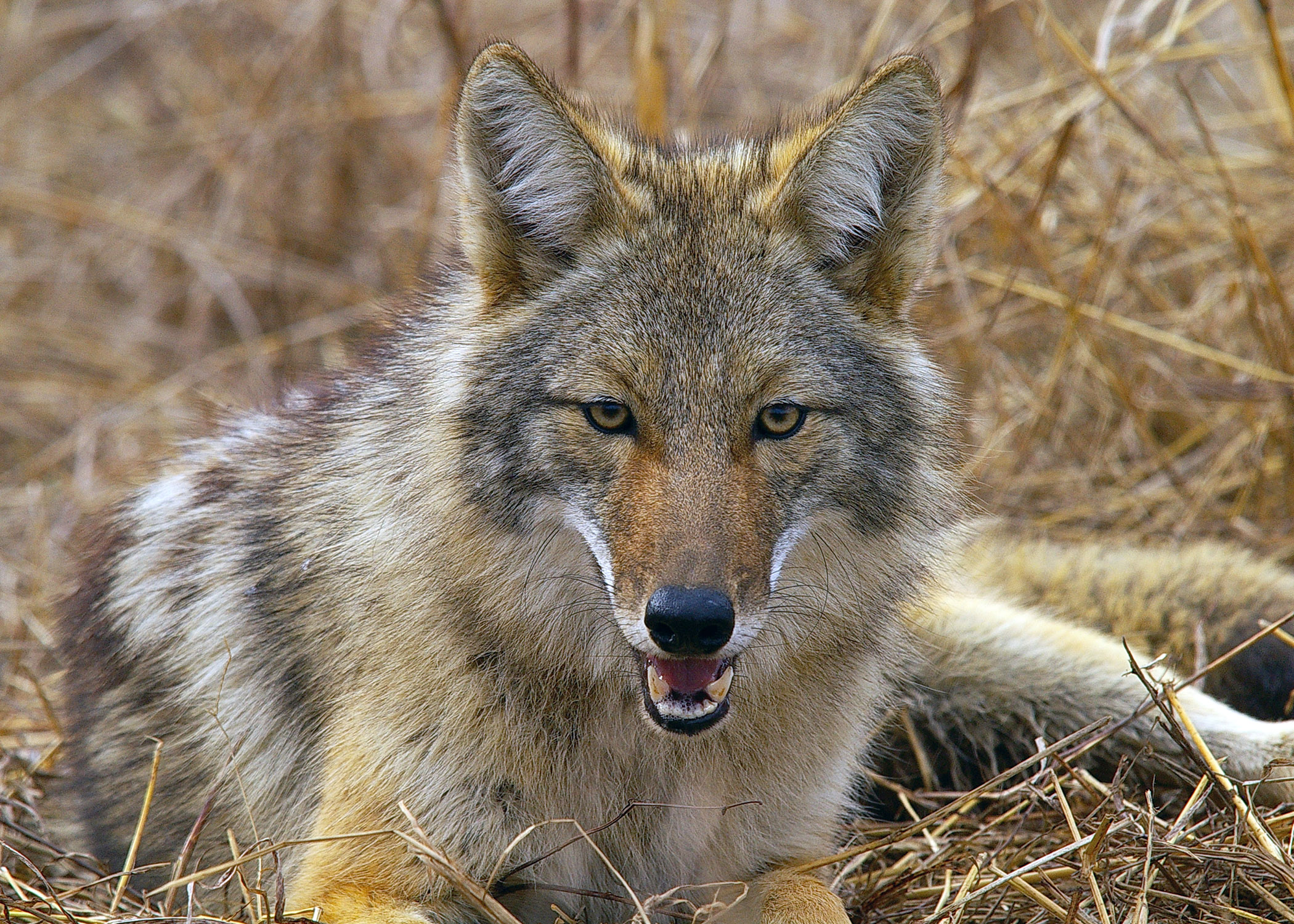Predators become the prey: Tips for tracking down coyotes

The silence was broken with the rustling of dry leaves that covered the ground in a multilayered quilt of yellow, orange, red and brown.
In the distance — approximately 10 yards away — a quick movement caught my eye.
Something brown.
Something furry.
Something that moved completely differently than a deer.
I instinctively reached for my trusty .308 Winchester — forgetting for a moment that I didn’t have it.
My son did.
That morning as we gathered our supplies from the trunk of the car in the predawn hours at a PPL public hunting land parking lot, my son made an important realization. He had forgotten his ammunition at home, and home was 45 minutes away. Much more interested in seeing him fill a tag that day than I was to shoot something myself, I gave him the .308 and armed myself with a knotted maple branch.
While it made a fine walking stick, the maple branch was no rifle. However, it was the best weapon I had short of my Leatherman utility knife, so I wrapped a few fingers around it and watched the advancing streak.
It smartly used the available cover to hide its true identity until it was about 30 yards away. As it emerged into a clearing, there was no denying it was a large coyote, and it cautiously continued to move in my direction.
Afraid that making too much noise would spook off any potential deer down in the ravine where my son was posted, I quietly watched the coyote draw closer. Just 10 yards away from me, it stopped.
If it moved any closer, I was ready to use the grisled maple branch like Babe Ruth wielding a Louisville Slugger.
But the coyote never gave me the chance. It took one last glance my way, turned and ran off into a large nearby field.
Seeing the coyote so close was an unforgettable experience — but not unexpected. On the same hillside on other hunts, I had seen a plethora of predators: bobcats, bears, hawks, foxes and even a large owl.
It was another reminder of just how aggressive the predator population has become in the Valley.
I still remember numerous large hawks following our Honda Big Red 3-wheeled ATVs on the family game farm whenever we would stock pheasants and quail for hunters. They would wait for us to plant a few birds and drive off before swooping in for a quick snack.
What’s ironic is that certain predators — such as hawks and owls — are legally protected while the game commission is offering a bounty on others — like coyotes.
They are also one of a very few wildlife species for which there is no closed season and no bag limit. In other words, you can shoot as many coyotes as you want any time of the year.
But harvesting a coyote is no simple task, as Matt Geiser, of Geiser Guns in Sunbury, knows all too well.
“Coyotes are very wary. If something doesn’t seem right, they don’t stick around,” he said. “Staying hidden is important, as is being aware of wind direction and your scent.”
Geiser asked his staff for a few coyote hunting pointers to share with readers, coming up with the following:
n Wearing camouflage is important. Hunters are allowed to wear it when hunting coyote outside of the normal big game seasons (deer, bear, elk and turkey) when flourescent orange is mandatory.
Scent control is critical. “It is like archery hunting,” Geiser said. “Even if a coyote is looking for a rabbit or something else, if it smells the bacon you had for breakfast or the gasoline from when you filled up your truck on the way out hunting, it will become extra cautious.”
Research the various calls. “There are howler calls, bait calls and a variety of other options. Figure out what works best in the area you are hunting.”
Consider a good decoy. “They make a variety of decoys, some with movement,” Geiser said. “If you are calling in a coyote with a rabbit squeal and then have a decoy that mimics a rabbit flailing around, it will distract the coyote while you prepare the shot.”
Have an ambush site. According to Geiser, it is helpful to set up an area with a caller and a decoy that work in coordination and gives you the best line of fire to be successful.
Use the right firearm. “Depending on where you hunt will dictate what sort of firearm you should use,” said Geiser. “If you are in a fencerow overlooking a large field and plan to take a farther shot, then a good varment rifle will work. If you are in the woods and need to take a close shot, then a shotgun with a coyote load may be best.”
Other accessories. “Some people hunt coyotes late in the day or at night, so having red-filtered lights or night vision can be nice,” he said.

